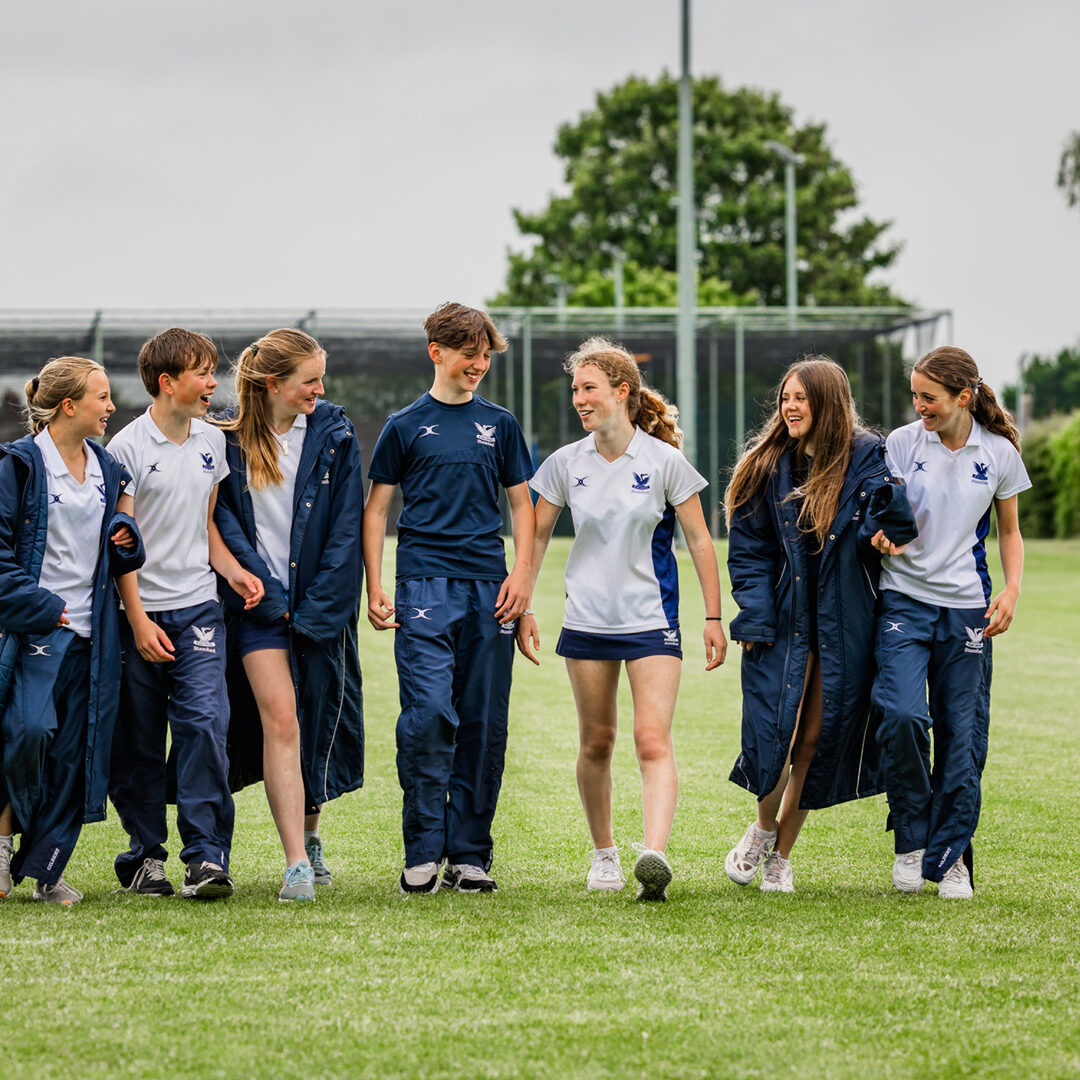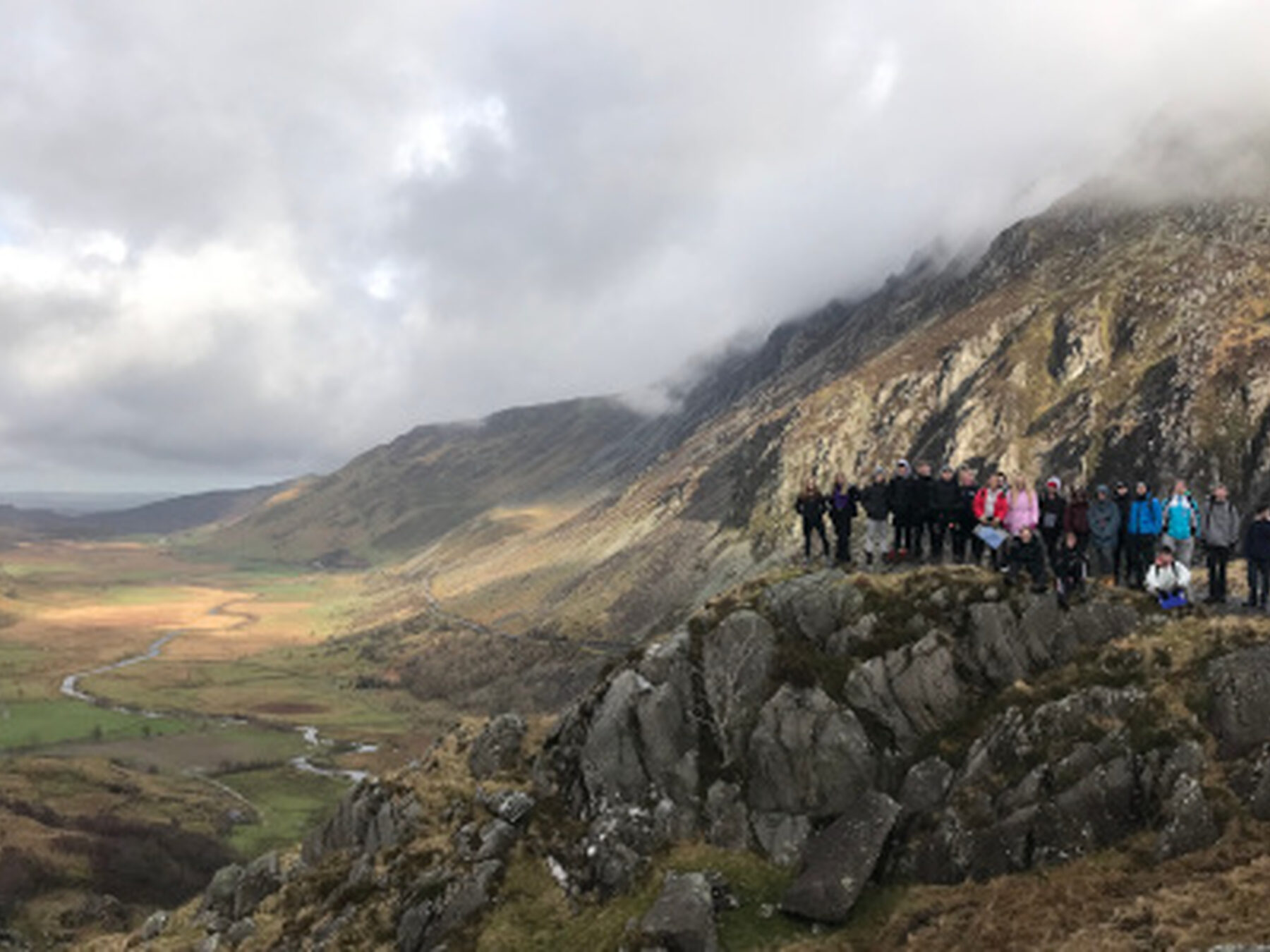On 8th February, Year 12 A-level geography students visited the Rhyd-y-Creuau field centre in Snowdonia. It was a five day trip to collect data to prepare for their compulsory personal investigation known as the NEA (Non-Examined Assessment). Year 12 students Grace and Darcy have written a report on their time in Wales:We travelled from school to a popular village called Betws-y-Coed in the Conwy valley, there we surveyed the surrounding population on our chosen NEA subject. We looked at different tourist attractions such as the variety of shops as well as the Afon Llugwy river where we saw some kayaking. After that we were back on the road until we arrived at the field centre where we settled into our rooms and had a belated dinner. We had an evening lesson where we were introduced to the course and what we were going to be doing over the next few days.The second day we went to Llandudno which is a coastal town in North Wales. The day was focused on human geography and linked to the ‘changing spaces, making places’ part of our specification, the students that were focusing on human geography for their NEA could take the methods we used on this day and replicate it for their own independent investigation. We explored the area using dérive cards that randomised where we went, they had instructions on them such as ‘turn left’ or ‘follow a car’, these meant that where we went didn’t have personal bias and we could properly explore the area. Then we carried out a ‘home town, clone town survey’ to decide whether Llandudno was a clone town or not. We carried this out by walking down the high-street and noting down chain and independent shops. We then calculated whether Llandudno was a clone town and concluded that it was. We did some mood mapping in different areas of Llandudno which was again carried out in groups and on the iPads from the field centre. We also carried out an Environmental Quality Survey and a Crime Perception Survey to again further our knowledge of different data collection techniques. The day was very useful for our independent investigations as it acted as a pilot study for people doing human geography.The third day was the carbon and water cycle investigation day within the Conwy catchment. Firstly, we looked at water infiltration using geographical apparatus (a metal infiltrometer we hammered into the ground) to measure the infiltration rate of the soil. We did this on both a slope and on flat ground to compare our results. We then looked at interception in the wooded lowland areas around the centre, comparing interception rates between coniferous and deciduous trees. After this we moved onto the carbon experiments and travelled to the dramatic Welsh peatbog uplands of Mignient Moor to use soil experiments, biomass estimations and use of the app ArcGIS to estimate the carbon content of both the peat bog and then some deciduous trees were looked at in the woodlands. The Moor itself was breath-taking as its expanse went on over the horizon.On the final day, we travelled about 30 minutes to the Nant Ffrancon Valley in Snowdonia to complete our glaciation day. We trekked up to Cwm Idwal taking regular breaks for necessary photographs of the amazing landscape. On our way up to Cwm Idwal we sat on the edge of a rock and looked out to the Nant Ffrancon valley completing a skitch and identifying the different landforms such as truncated spurs and a misfit stream, which went down the centre of it. Then we went up to Cwm Idwal, the large tarn was beautiful, and we sat on the edge of it and completed a field sketch to identify its characteristics. We walked around the tarn and measured the striations to figure out the way that the ice flowed. Our next stop was Roche Moutonnee in the valley itself, this landform was large, and we completed more activities about it. This day helped to further our knowledge of Glaciation because we had learnt about these places in the classroom but in real life they seemed so much more amazing.Overall, the trip exceeded our original expectations and we thoroughly enjoyed it and found a new love for the boiling water tap too!



